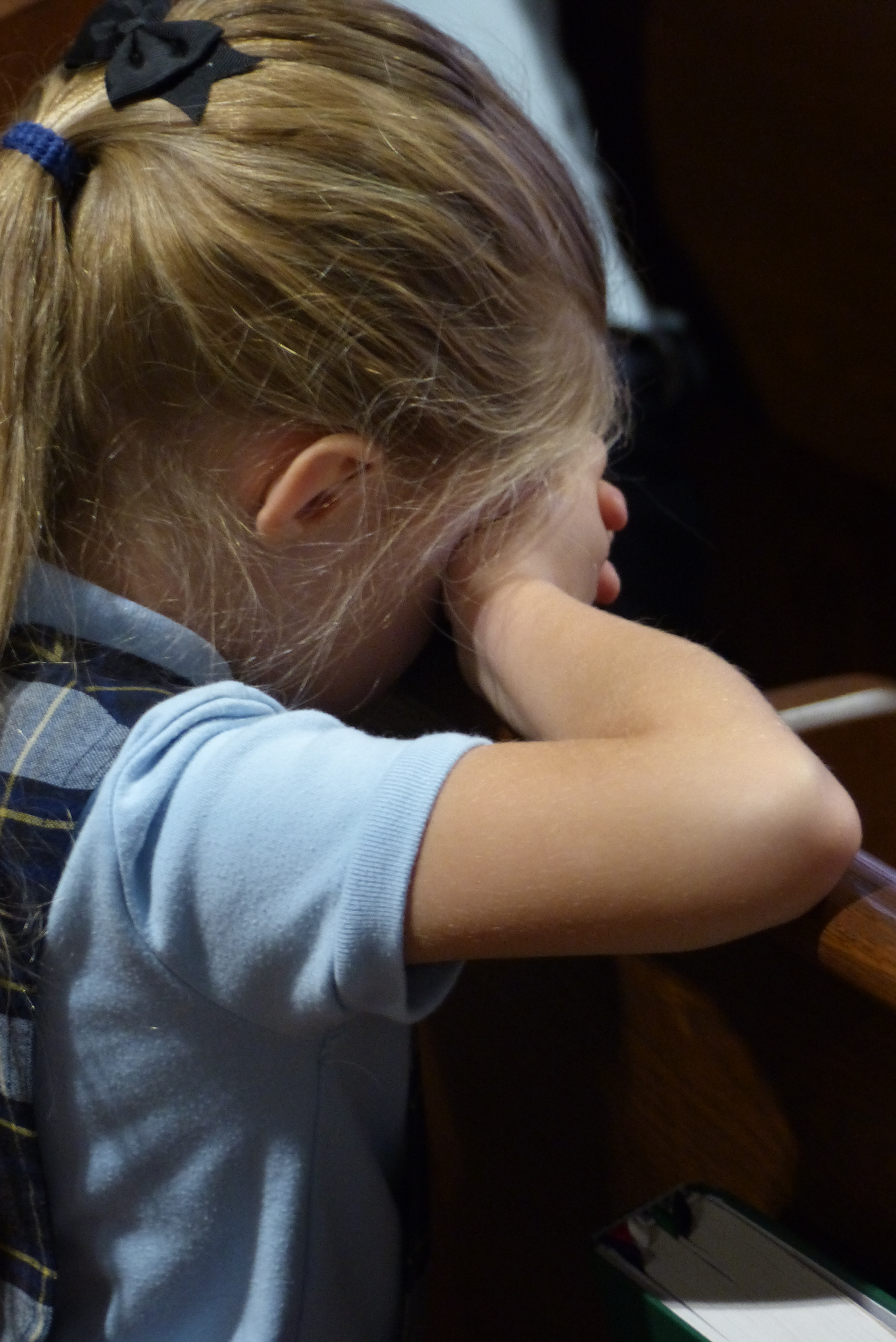The works of the Lord are sublime; those who delight in them are right to fix their eyes on them. ~ Psalm 111:2
For all the years I have had milkweed growing in my garden, I had only ever seen the Monarch caterpillars that feed on its leaves or the beautiful orange-and-black butterflies that the larvae become.
The in-between stage when the black-and-white-and-yellow caterpillars attach themselves to a leaf or stem, later shedding their skin for a chrysalis from which the butterfly emerges, had eluded me.
Always, it seemed, the caterpillars would disappear to begin the pupa stage and complete their reproductive cycle. But late in August of last year, my habit of looking into the garden to see what delights might be worth fixing my eyes on led me to a Monarch caterpillar in the “J” position. This meant it had spun a silk pad and hooked its tail end into it before dropping into the shape of a “J.” Later, it would shed its skin to reveal a chrysalis. This caterpillar had chosen the branch of a Jewelweed – not exactly the most sturdy plant in my garden – and, sure enough, when I looked again a few hours later, an apple-green chrysalis was hanging from the branch.
Of course, I immediately began checking the Jewelweed whenever I was outside, making sure the chrysalis was still there and eager to observe any changes that would indicate the life cycle was progressing. When a storm passed through, I even propped up the Jewelweed with a branch to make sure the chrysalis would have sufficient support. My frequent inspections were rewarded when on Day 13, I noticed the chrysalis had started to turn translucent, revealing the folded wings of butterfly inside. By the next day, the chrysalis appeared to be even darker, and when next I checked, a butterfly had emerged and was clinging to the empty clear casing. What a delight it was to see it flitting about the garden and joining the other Monarchs that were around.
Then, two days later, on a morning inspection of the garden, I saw another Monarch caterpillar in the “J” position, this one under a milkweed leaf. By 3 o’clock that afternoon, a chrysalis was in its place. Happily, I resumed my frequent inspections and by Day 15, noticed the chrysalis had started to turn translucent. It wasn’t until Day 19, however, that it had darkened.
On Day 20, I had to leave the house early in the morning and by the time I returned around 9, the butterfly was out of the chrysalis, but still clinging to it, its wings looking somewhat crinkled. Within 30 minutes or so, the wings had straightened and the butterfly was moving and cleaving to a leaf. I later saw it had flown to a Fallopia near the milkweed. It was still there the next morning, but after that, I didn’t see it again.
That these sightings were a gift was driven home to me this year when, despite faithful inspections of my garden, I saw only Monarch butterflies, a few caterpillars (none in the “J” position), and one empty chrysalis on a Nasturtium, a plant I had checked daily, but never thought to inspect more thoroughly for such a find.
Nonetheless, I took in many other enchanting sights: bees poking their heads and sometimes their whole bodies into Jewelweed blooms, wasps and bees on Nodding Onion blossoms, two other Monarch butterflies I discovered trapped in webbing and was able to free (one with the help of my husband) and then watch fly away, and Black Swallowtail caterpillars feasting on parsley before they crawled off to complete their own reproductive cycle.
And so, even as the landscape of the garden changes with the onset of fall and winter, I will remember these precious finds and continue to delight in what I see outside — for the works of the divine hand in any season are truly sublime and, as the psalmist says, it is right to fix our eyes on them.




































 This is partly because Dan conjures up happy memories for a 92-year-old guy who doesn’t always remember what he did five minutes ago, but recalls the name or face of someone who has been kind to him, who remembers to thank him on Veterans Day for his Navy service, or who once fixed his leaky faucet.
This is partly because Dan conjures up happy memories for a 92-year-old guy who doesn’t always remember what he did five minutes ago, but recalls the name or face of someone who has been kind to him, who remembers to thank him on Veterans Day for his Navy service, or who once fixed his leaky faucet. In the classrooms of
In the classrooms of 